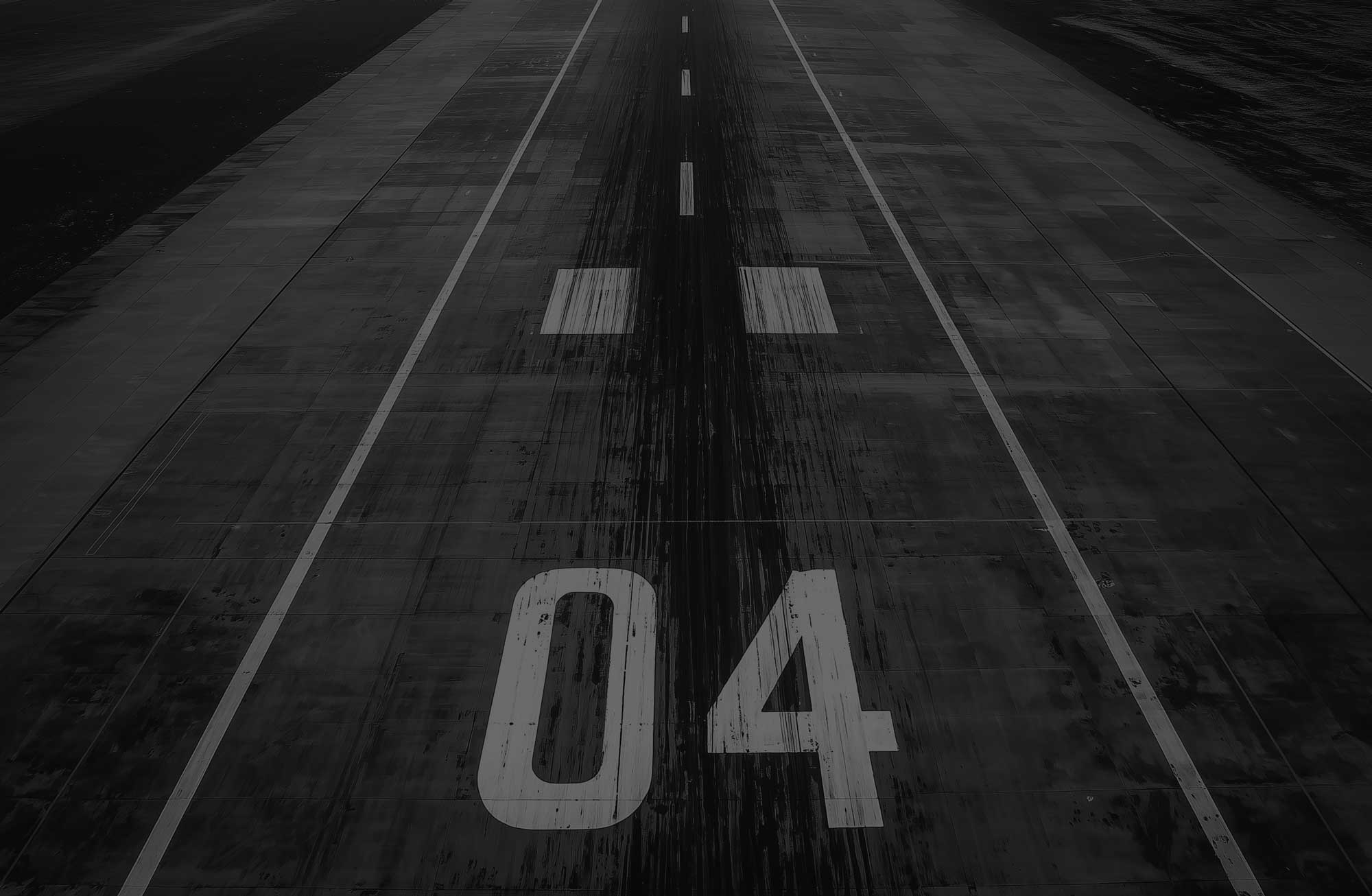
12.15.21
AST adds AI to its braking action report system
Chicago, IL, USA | 12.15.21
We've added AI-based modules to ABARnet to enhance its real-time monitoring and forecasting of braking performance and runway conditions.
"With the addition of these two AI modules, [we've] added even greater value and relevance to the empirical surface management data we provide.“
Joe Vickers /
CEO,
Aviation Safety Technologies
We're proud to announce the development of two advanced AI-based analytic modules supporting our ABARnet™ reporting network.
AST is the world’s leading aircraft braking action report (ABAR) provider, with more than 2,000 passenger jet transport aircraft reporting all landings into the ABARnet.
More than 16 million landings have been recorded in cooperation with airlines through prototype agreements, making AST the world’s leading provider of science-based aircraft braking action information.
“ABARnet recently demonstrated full compliance with ASTM Standard E3266 for Friction-Limited Aircraft Braking Measurements and Reporting,” explained Joe Vickers, AST CEO.
“This compliance was demonstrated at the annual Society of Aircraft Performance and Operations Engineers (SAPOE) Conference in October, 2021. Now, with the addition of these two AI modules, the AST team has added even greater value and relevance to the empirical surface management data we provide. “
AI Module #1: Real-Time Aircraft System and Sensor Performance Monitoring
AST is employing the latest Big-Data and AI technologies on its vast 16 million+ landing database to develop an autonomous aircraft performance monitoring system. The machine-learning algorithm fine tunes its own performance, basically adapting itself to each individual aircraft tail. It monitors the aircraft’s performance related to aerodynamic drag and thrust reverser effectiveness – among other metrics – with each landing. The algorithm also monitors tires and brakes, reporting their status based on actual experienced conditions (friction, load). The AI can identify changes in performance of a specific system of a specific aircraft due to otherwise undetected damage or undue wear-and-tear. Lastly, it can detect sensor problems and can alert the airline if a sensor is misaligned or reports bad data. All results are available in real time.
AI Module #2: Forecasting The Future of Runway Conditions and Available Friction
AST’s machine-learning AI system constructs separate dedicated machine-learning models for each individual runway at each airport in the U.S. within AST’s vast database. The AI module mines the ever growing 16 million+ landings in the database and adjusts the developed machine-learning models with every new landing. It uses weather forecasts to accurately predict if aircraft braking will improve or worsen during next 90 minutes. These forecasts are updated every minute for a given runway, providing a high level of confidence in predicting what changes in braking action could be expected. It all adds up to a deeper understanding by pilots of available friction, reliable forecasts of what’s to come, and enhanced aviation safety through science-based surface management.
About ABARnet™
AST’s ABARnet™ braking measurement and reporting network utilizes approved data taken directly from landing aircraft. This approach is recognized by the FAA and Transport Canada as the most precise technology for measuring actual braking friction. Our technology complies with ASTM International Standard E3266, the official aircraft braking measurement standard.
Our ABARs are hull-agnostic so we can work with today's diverse fleets – Boeing, Airbus, and other manufacturers. And ABARnet is cloud-based for easy distribution and access by participants.
With over 23 million landings recorded, AST enables advanced analytics on runway friction for airlines and airports. Network participants can review past landings and access reports for any operating region, in any required format: FICONs, NOTAMs, RCAMs, and more. This information and flexibility not only help pilots make informed landing decisions but also support airports and the FAA in optimizing surface management strategies.
The result is safer, more efficient operations and more reliable flight schedules for passengers.
Learn more about ABARs here.
About Aviation Safety Technologies
Aviation Safety Technologies (AST) is the world’s leading provider of Aircraft Braking Action Reports, which have been recognized by the FAA and Transport Canada as the most precise methodology for measuring and reporting on real-time braking action and runway friction conditions. Our mission is to elevate aviation safety and operations through data-driven insights.
AST continues to innovate as an affiliate of the Dillon Kane Group (DKG), a technology collective with a 24-year track record of innovation and growth, driving impactful solutions across diverse industries.
For more information, contact:
Joe Vickers
Aviation Safety Technologies
joe.vickers@avsafetech.com
+1 708-882-6438

